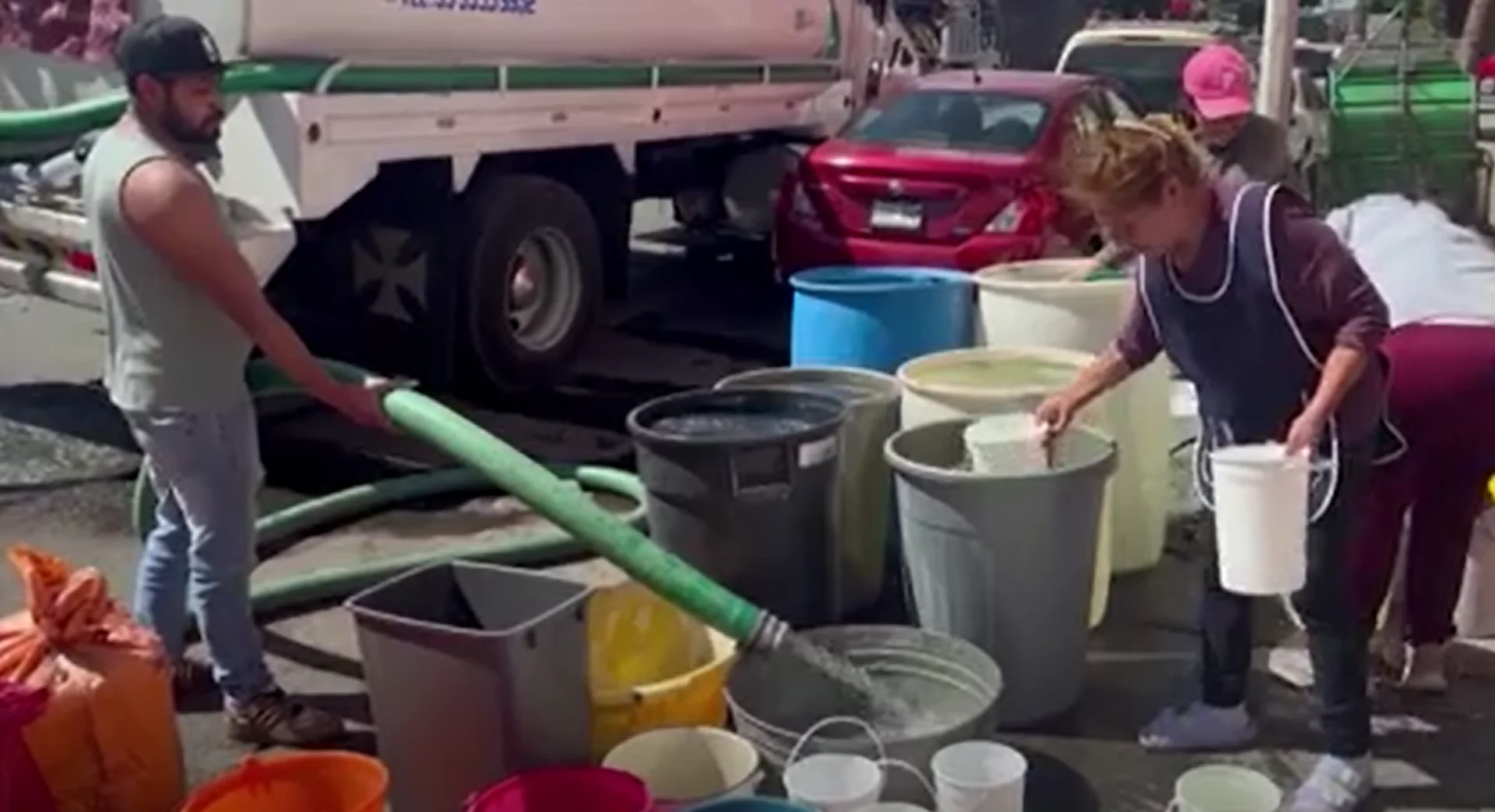
Mexico City could be months away from running out of water
Dry and warm conditions have exacerbated the problem, experts say.
Mexico City is teetering on the verge of a water crisis following prolonged drought and warm temperatures.
The city, which is home to nearly 22 million people, could run out of water in a few months, CNN reports.
But people are already feeling the strain. Some residents, like Alejandro Gomez, haven't had proper water in twelve weeks.
Gomez tells CNN that water shortages are common in his district, Tlalpan, but that it “feels different” this time: “Right now, we are getting this hot weather,” Gomez told the news outlet.
“It’s even worse; things are more complicated.”
Frustrated residents have taken to the streets to protest the dwindling water supply, with some areas experiencing their lowest water levels on record, UPI reports.
Authorities respond to protests
Authorities have enacted measures to conserve water, including restrictions on aquifer pumping and encouraging water conservation.
But atmospheric scientist Christian Domínguez Sarmiento warns that the rainy season’s reliability is uncertain amid shifting weather patterns, and the proposed solutions may not be enough.
Other politicians have downplayed the severity of the crisis, UPI reports, but experts caution that Mexico City could soon reach “day zero,” where taps run dry.
A brief history of Mexico City’s water shortage problems
While Mexico City has faced water shortages in the past, drought and warm weather have exacerbated the potential for a crisis, which may be the result of several other interconnected factors, including:
Historical water management practices. Since its founding in the 16th century, Mexico City’s approach to water management has been described as “shortsighted.” Early settlers drained lakes and altered natural watercourses, disrupting the city’s hydrological balance. “It is a system held together by a thread,” Manuel Perló Cohen, director of the University Program for Studies of the City at Mexico’s National Autonomous University, once told the New York Times.
Population growth. Mexico City is one of the largest and most densely populated urban centres in the word, and the increasing demand strains water infrastructure and resources.
Geography. Mexico City sits atop porous clay soil and is prone to earthquakes, making it difficult to maintain water infrastructure integrity and prevent water contamination. The city is built on what used to be a lake, and it is now sinking at a rate of about 50 centimetres per year. The sinking can damage buildings, roadways, and the pipes used to transport water.
Uncertain rainfall patterns. Climate change has made it harder to predict rainfall patterns, making it difficult to rely on rainwater as water source replenishment.











